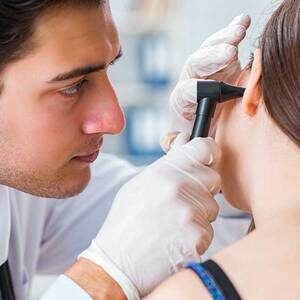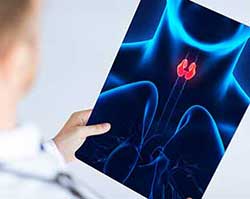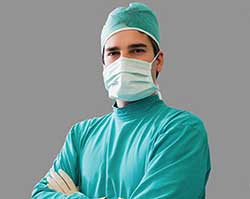Consult City's Top Doctors, The Minute You Need To
First Consultation starting
@ ₹249 ₹499
2907
Dermatologists
1075044
Cases done
by Dermatologists
1783
Hospitals
A Comprehensive Overview of Traction Alopecia
About
Hair loss caused by tight pulling of hair.
Though it is reversible, but sometimes hair follicles may get damaged and hair might not grow. (#1)
- Treatable by medical professionals
- Self-diagnosable
- Lab tests and imaging aren’t required
- Medium term: can be corrected in some months
It can affect people who wear their hair tightly pulled or tight headwear such as helmets or elastic bands on continuous basis; or by having hair extensions, weaves or relaxers. Older people might get traction alopecia because their hair follicles get weakened over time. It generally affects front and sides of the scalp.
Ages affected: Most affected-50+, all other people may also get it.
Symptoms
Self-diagnosable
People may experience
Receding hairline: around forehead, temples or nape
Pimples: on scalp or base of braids
Redness, itching, or ulcers: on the scalp
Patches: of thin or broken hair
Shiny, scarred skin: in patches
Pus: through blisters on the scalp
Treatment
Self-care: Loosen your hairstyle and avoid tight ponytails, braids, or buns, especially overnight. Cornrows or dreadlocks should also be avoided. Lessen the use of chemicals and heat to prevent further damage. You may use antifungal shampoos to clear off any fungus.
Medications: You can take antibiotics to prevent infection in open blisters, and topical steroids to reduce swelling if any. Vasodilator medicine and biotin supplements help the hair regrow and strengthen.
Specialists: If the hair doesn’t grow back, the dermatologist may opt for hair-replacement therapy. mfine helps you by providing a complete hassle-free treatment, reach us and choose from the experts of each field and receive unlimited follow-ups.
Other Specialities
Give a missed call to 08061914343 to Download the App
































